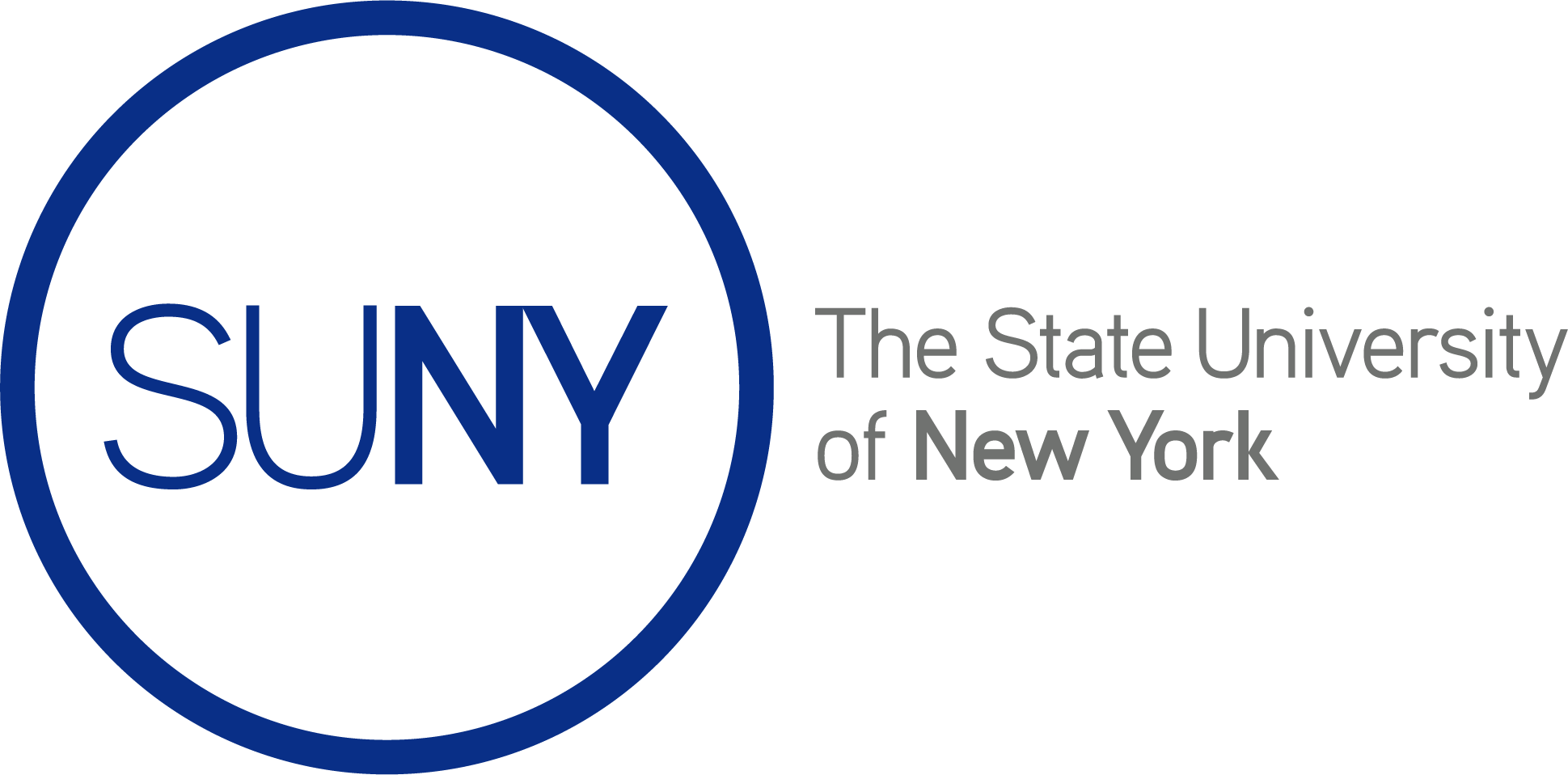This map of Tegucigalpa, Honduras was created to showcase the ways that small sustainable improvements can begin to be made to the various transportation, water/food access issues within the city, specifically near the Conmayugüela neighborhood in the north of the city. Conmayugüela is known as one of the areas in the city that experiences the most frequent violence, and the greatest food and job insecurity. The introduction of programs and structures that combat such insecurities (as well as poor in the surrounding community economy) will undoubtedly have a positive effect on reducing violence in the area. The farmer’s market, for example, is set up by one of the city’s many waterways (stemming from the Río Guacerique) to allow for the water to be filtered and distributed directly from a local source that is already present which allows for the uncertainty of clean water access to diminishing by utilizing resources that are already there while also employing local farmers and growers from the surrounding area. Similarly, the bus stop’s flagship location also focuses on sustainable water and energy usage combined with creating a safer environment for travelers and houseless community members which is also done with the intention of reducing instability in the area. The points on this map point toward a future for the country in which the urban planning sector is focused on creating things that have the community’s needs in mind and that are intentionally equitable, no matter what neighborhood.
Argentina has an extensive railway system connecting urban and rural centers.
This map displays where Maddy lives. Since her food source is in her backyard, there is not a separate pin. Also, in the description of the pin, it explains that the bus stop is across the street from her house. Bicycle lanes, bus stations, and large sidewalks are available everywhere in Santiago, however. The red dots are the point that are at high risk of wildfire in Chile. This allows for a reflection of the state on where to place certain resources that could be damaged by these fires if they were to occur. This also allows for the preparation of fire prevention in these areas. In 2041, these areas are home to a large density of firehouses, water sprinklers, and other fire prevention sources. This is prepared due to the wildfires in the Andean Development Zone in 2025. Not only fire prevention sources are in these areas, but also fire rescue and emergency evacuation resources are widely accessible.
Over the past 20 or so years I have developed a growing interest in natural energy resources as well as habitat restoration. After the degradation we have faced due to the greenhouse gas emissions released by natural gas and coal-fired energy plants, I am pushing for the continued switch to renewable energy sources such as wind and solar power. Within my map, I decided to add the boundaries of areas designated as comarcas in Panama. Comarcas are legally recognized semi-autonomous areas where indigenous peoples own the land and resources with rights of access, use, withdrawal, management, and exclusion. I found these lands to be important when talking about habitat restoration and transition to renewable energy sources such as solar and wind power. Importance of protecting the land.
By 2041 the city of Bogota aims to become more green and sustainable through an individualized movement. By 2041, property owners will have to comply with the city mandate of adding green energy to their land plots. Wind turbines, solar panels, and water collection systems will be added to individual land claims. With the temperature and precipitation on the rise in 2041, we could assume an increase in direct solar radiation and wind causing the city of Bogota to shift towards solar and wind energy. The data layer added shows current temperature and precipitation data.

